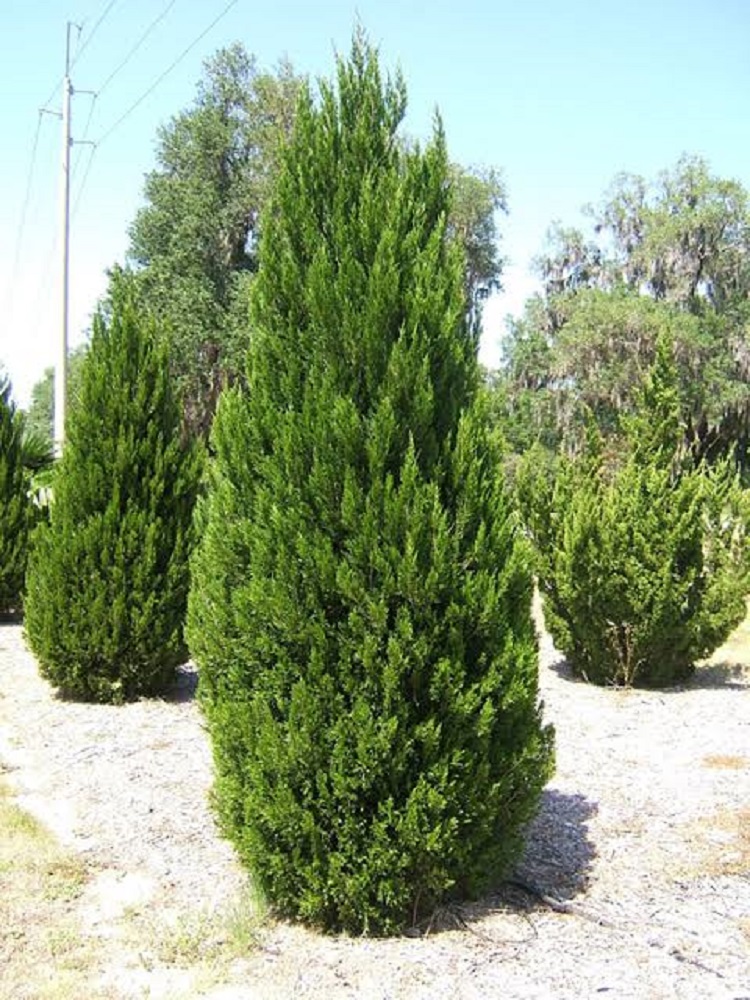Chinese Juniper Tree

Juniperus chinensis
Summary
Scientific Classification
Kingdom: Plantae
Division: Gymnosperm
Class: Pinopsida
Order: Pinales
Family: Cupressaceae
Genus: Juniperus
Species: J.chinensis
Scientific Name: Juniperus chinensis L.
Common Names:
English: Chinese juniper.
Description:
- Habit and Habitat: An evergreen conifer shrub growing up to 20 m tall; branches ascending with branchlets straight or slightly curved.
- Distribution: This native of northeast Asia grows in China, Mongolia, Japan, Korea and the southeast of Russia.
- Morphology:
Leaf: Green, needle-like juvenile foliage are narrow, awl-shaped, about 8 mm long, in pairs or in three; adult leaves scale-like, in four ranks, lying flat along stem with opposite arrangement; stiff and pointed branches spread outward at about 45 degree of angle; texture fine.
Inflorescence: Solitary, terminal.
Flower: The male cones, 2–4 mm long, shed their pollen in early spring.Reproductive Parts (non-flowering plant): Cones, pollen cones are yellow, shape,oblong-ellipsoidal, measures 4 - 6 mm long and 2 - 3 mm wide.
Female plants have berry-like, fleshy seed cones that become purple-black, with a waxy bloom, on maturity.
Fruit: Seed cones are on short stalks, globose-shaped, colour purple-black to purple-brown, 4 to 10 mm in diameter, Seeds: each cone has 1-4 seeds.
Flowering and Fruiting Time: Non-flowering. - Propagation: stem cutting.
- Importance:
This popular ornamental tree or shrub in gardens, parks, and in tough coastal conditions of hot sun and sandy fast draining soils, has more than 100 named cultivars selected for various characters, such as yellow foliage, permanently juvenile foliage, columnar crown shape abundant cones etc. The cultivar ‘Shimpaku’ is a very important bonsai subject. The Chinese juniper is widely used in bonsai, both as individual plants. Medicinal (The Chinese obtain a liquor brewed from the fresh leaves and use it as a tonic to treat coughs with bleeding. - Location: Avenue and Infront of Chem. Staffroom.
 Trees of GSS Project supported by Makerspace Belgaum Website concept and designe by
Trees of GSS Project supported by Makerspace Belgaum Website concept and designe by